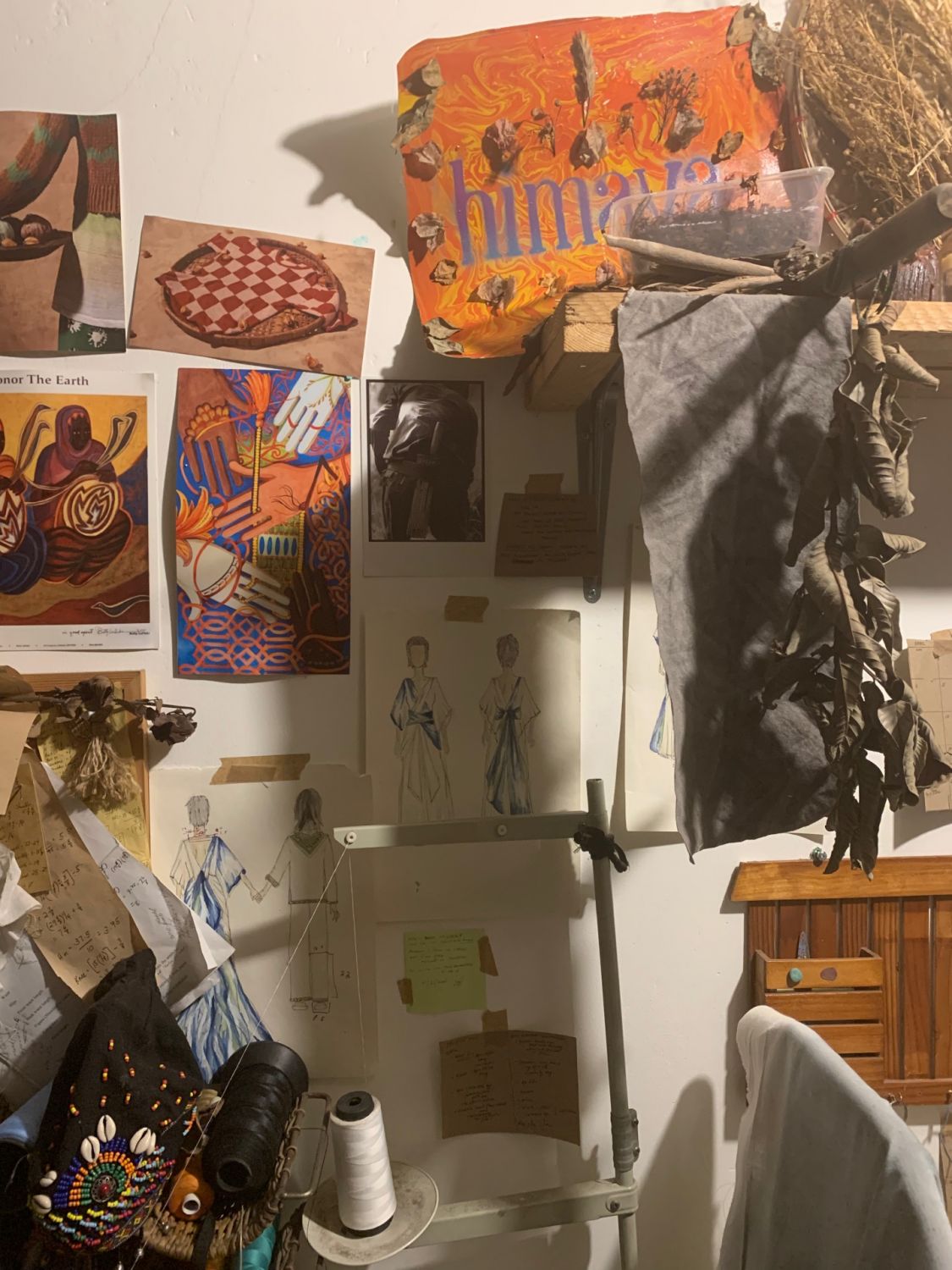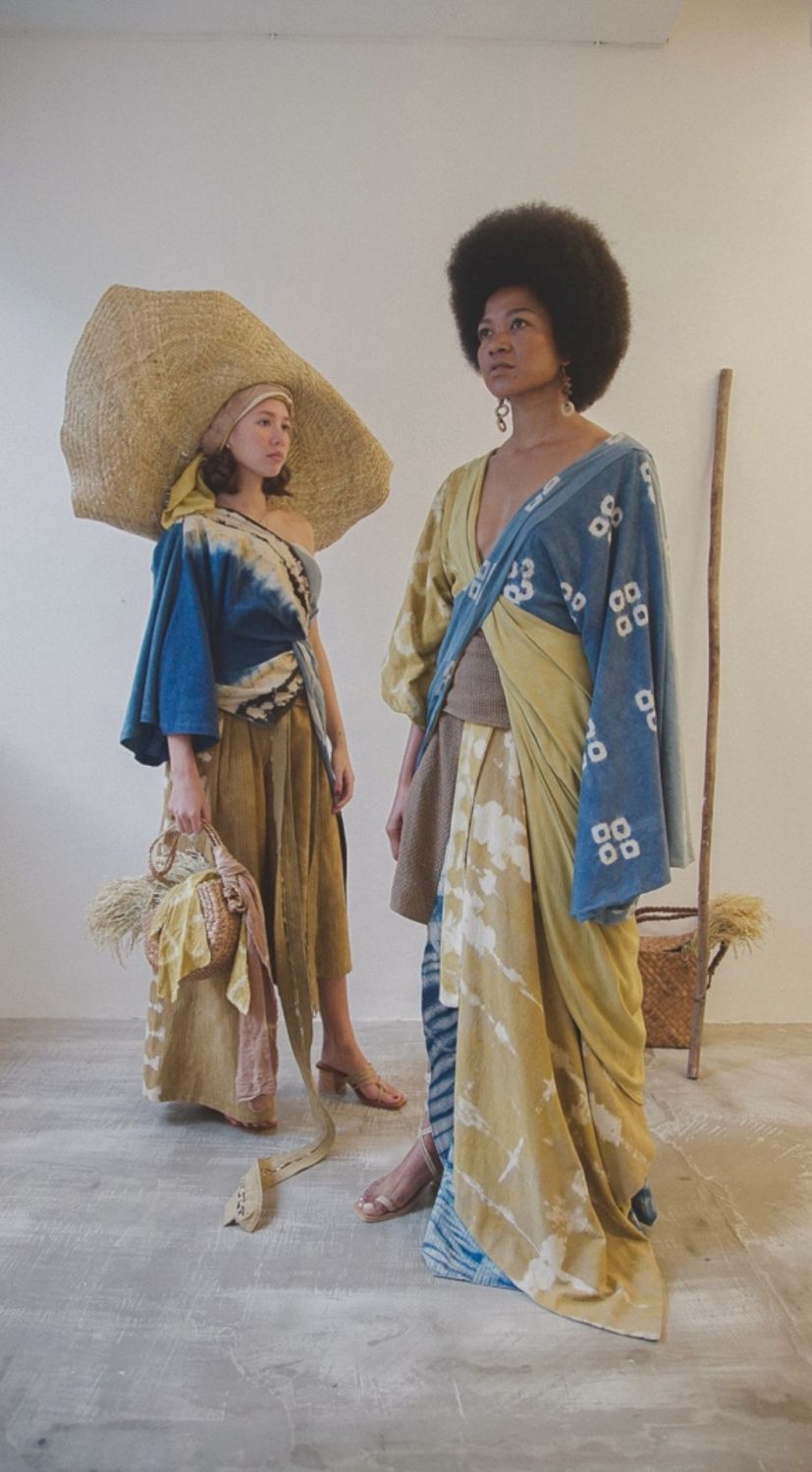Grounded in spirituality, Himaya takes sustainability and loving local to new heights
For designer Mariton Villanueva, fashion is no mere commodity—it is an intimate expression of her spirituality and a representation of our oneness with the Earth. Through her sustainable clothing brand Himaya, Villanueva not only aids in the revival of Philippine textile and dyeing practices but also champions the use of upcycled materials and botanical dyes, including the immaculate Philippine Indigo.
“I believe that as a designer/artist/maker we are co-creators with God, Earth, and natural materials, which all come from the Source,” proclaims the young artist. Himaya, which means praise or glory in Bisaya, is the raw transfiguration of these virtues. “The process of creating is my form of praise.” Outraged by the unethical and unsustainable practices she witnessed in the fast fashion industry, Villanueva took it upon herself to champion slow, alternative fashion, supporting the “communities that live through these practices” in the process.
See also: Weaving Patterns in the Philippines: Heritage, Design, and Their Meanings


This fervent commitment first took form in 2019 when the former fashion student launched her graduation collection, Ritmo ng Paglikha (Rhythm of Creation). The inaugural collection was an immediate success, showcased at Lao Fashion Week and France’s International Festival of Extraordinary Textiles (FITE) to name a few.
“From there it just grew, unravelled, and developed as I continue to learn from my surroundings, different people, traditions, and cultures”, Villanueva recalls. A disciple of creators from Mali to New Mexico and of course, famed artists and Master Dyers throughout the Philippines, her works are dynamic artefacts of her evolving artistry. She beams: “I believe that art and fashion are circular, my works flow with cycles within nature and people. My medium is nature and scraps; my creative process is very much inspired by history, science, culture, and botany; my designs are filled with movement.”
Located in Fairview, Quezon City, Villanueva’s studio is the birthplace of her eclectic designs: artworks, clothing, bridals, accessories, home goods, and more, most of which are one-of-one pieces. “Textile is everywhere,” she states. “Art is a form of service of love, from land to textile, serving people and communities while upholding and sharing tradition. . .my experience with art and fashion has been both exciting and intimidating.”
Learn more about Villanueva, Himaya, and the storied past of the heritage art form, below:
See also: Barong Tagalog: The History Of The Traditional Filipino Attire














